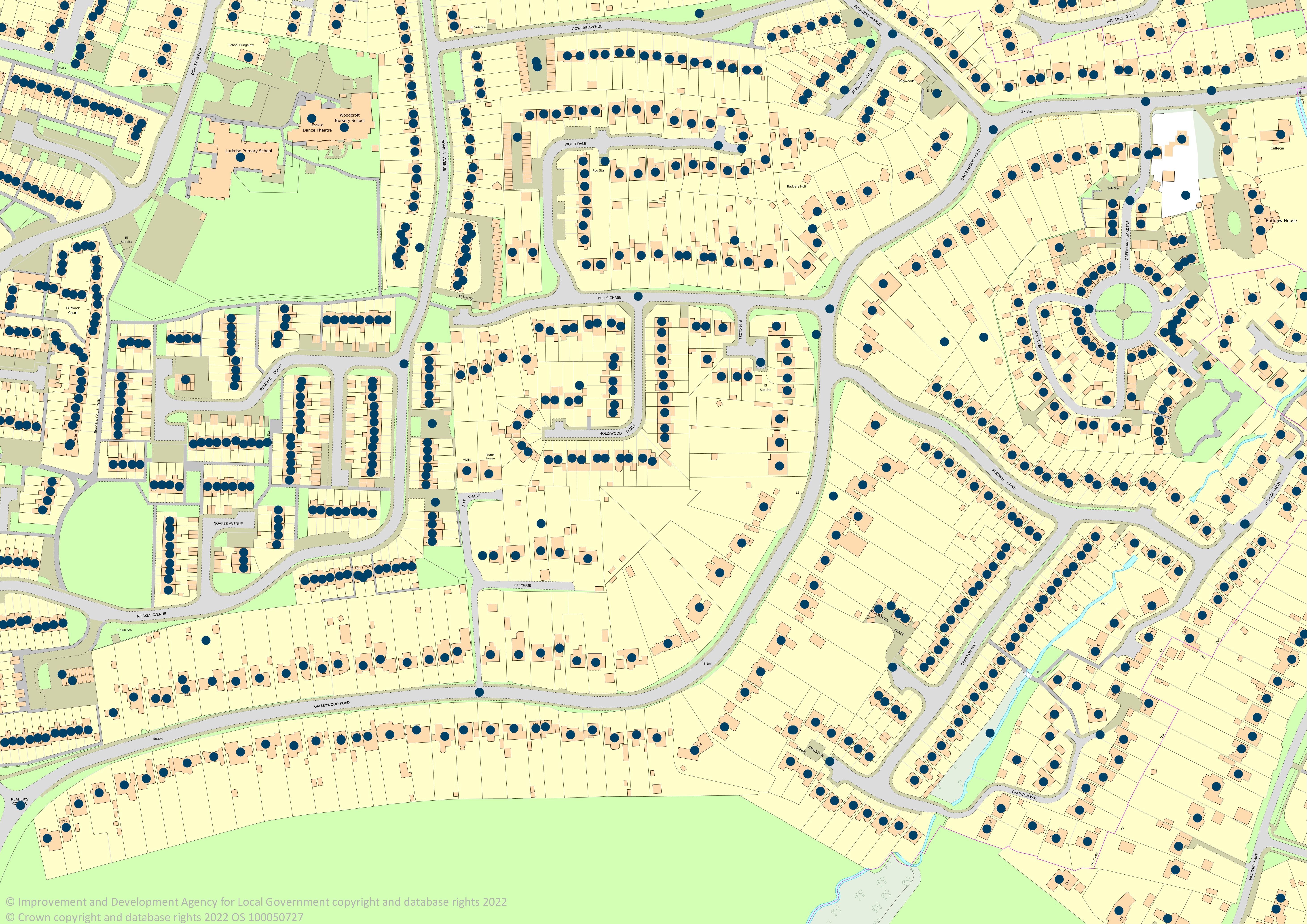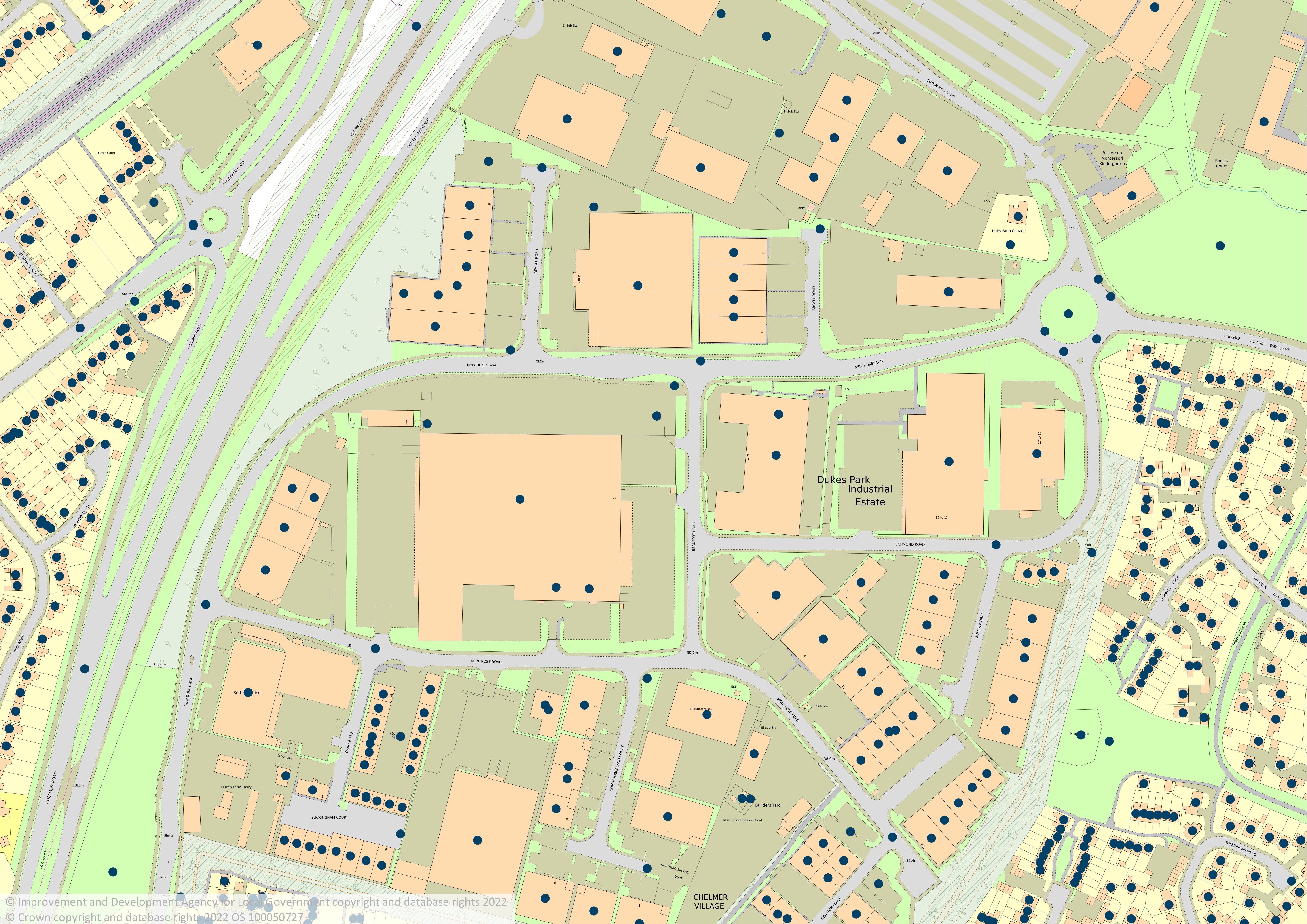
© Louis Reed via Unsplash
News that the Department of Levelling Up, Housing and Communities (DLUHC) has incorporated unique property reference numbers (UPRNs) into energy performance certificates (EPCs) should be warmly welcomed by surveyors and property professionals.
Not only will it mean a central register can automatically check whether a property has a certificate, saving time and money for landlords, residents and local authorities, but it can also link with other datasets, carrying greater power for the industry as a whole.
What are UPRNs?
UPRNs work similarly to vehicle number plates and UK National Insurance numbers. They provide a consistent, unique identifier for an object or property, and are especially useful when distinguishing separate flats in a tower block or identifying properties in unoccupied buildings.
Managed by GeoPlace and assigned by Ordnance Survey and local authorities, UPRNs ensure that organisations across a variety of sectors can refer to the same property. They are also machine-readable and use the same reference format, which makes data exchange easier.

Growing support
In 2020, the UK government mandated the use of UPRNs and unique street reference numbers (USRNs) in all public sector systems and processes. Following this decision, information on properties and locations can be managed, maintained, linked and shared with confidence.
In January 2021, a cohort of the most prominent bodies in the UK residential property sector sent an open letter to then Secretary of State for Housing, Communities and Local Government Robert Jenrick, calling for greater adoption of UPRNs across the sector. The Institute of Residential Property Management subsequently established a working group to implement the adoption.
The government's decision, and now DLUHC adopting UPRNs, are positive advancements. By embedding the UPRN in their processes, linking and enhancing data becomes more efficient. According to DLUHC Deputy Director for Digital Policy Lawrence Hopper, 'UPRNs are really important for improving policy and citizen outcomes and understanding market efficiency across housing, planning and other DLUHC policy areas'. However it relies on everyone using UPRNs to work effectively.
UPRN solutions
Properties encounter many people and processes during their existence, including landowners, agents, valuers, surveyors, consultants, architects and developers. Historically, therefore, address data has been inconsistently captured and recorded. For example, delays can occur if an estate agent misses out one line from an address compared with what was recorded by a surveyor.
This has created problems for the EPC register, with unique data being attributed to certificates instead of properties. Multiple EPCs could exist for the same property, meaning you couldn't guarantee that you were looking at the latest certificate. There are also instances where addresses change.
Including UPRNs in the EPC register removes these uncertainties. Moreover, because a UPRN lasts the life cycle of a property, it guarantees you are referring to the right address, whether it has changed or not.

Key benefits
EPCs contain valuable data that is even more powerful when linked with other datasets. The register can now provide faster, high-quality insight and analysis.
For example, London Fire Brigade use UPRNs matched with EPCs to model and forecast fire risk far more accurately. They can also develop visualisations, which fire officers can access quickly and easily to confidently verify locations.
A local authority can use UPRNs to check whether a property has an EPC, rather than having to chase up tenants, landlords or homeowners for that information. They can use the UPRN to identify properties without EPCs and raise the issue with landlords or residents accordingly, as well as build an aggregate picture of the energy performance of other local properties to help decide the most effective way to upgrade them.
Denbighshire County Council use UPRNs to improve tenants' housing conditions in private rented properties. By matching UPRN data from EPCs to data obtained from Rent Smart Wales (a centralised licensing authority for landlord registrations), the council can identify and map hundreds of properties lacking suitable loft or wall insulation. The data helped the council secure £377,650 in funding to improve the homes at little or no cost to the landlords.
In its recent levelling-up paper the UK government indicated it was creating a National Landlord Register, where UPRNs and EPC data could be linked with other datasets such as safety certifications (gas safe, electricity) and building control regulations. This would help local authorities to efficiently target enforcement efforts.
The future of UPRNs
The wider UPRNs are adopted across the property sector, the greater the overall benefits will be. The government has committed to using UPRNs as the common location-based identifier across all public sector datasets. This means that accessing and using public sector datasets for analysis will be easier than ever. However, for this potential to be realised, it must extend beyond the public sector and into the commercial world.
For surveyors and property professionals, who are pivotal in the collection and management of the data relating to property, widespread adoption of UPRNs creates opportunity for better aggregation, quicker interrogation and analysis, easier sharing of data and ultimately faster decision-making for themselves and their clients.
'The wider UPRNs are adopted across the property sector, the greater the overall benefits will be'
Louise Weale is strategic propositions lead at Ordnance Survey
Contact Louise: Email
Related competencies include: Data management
